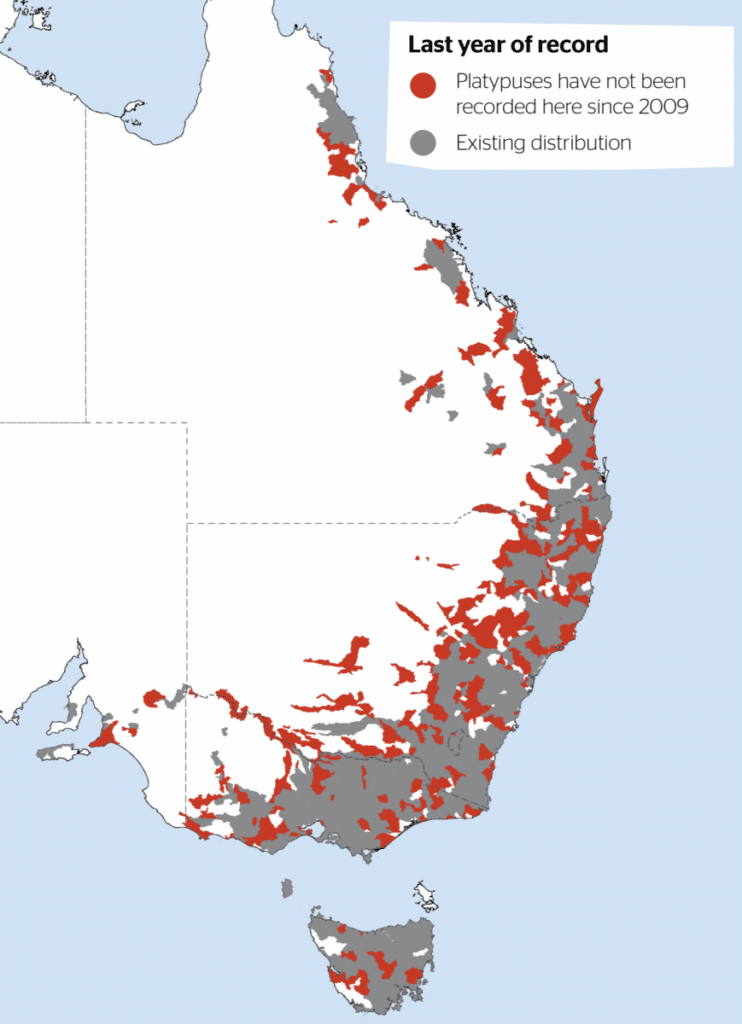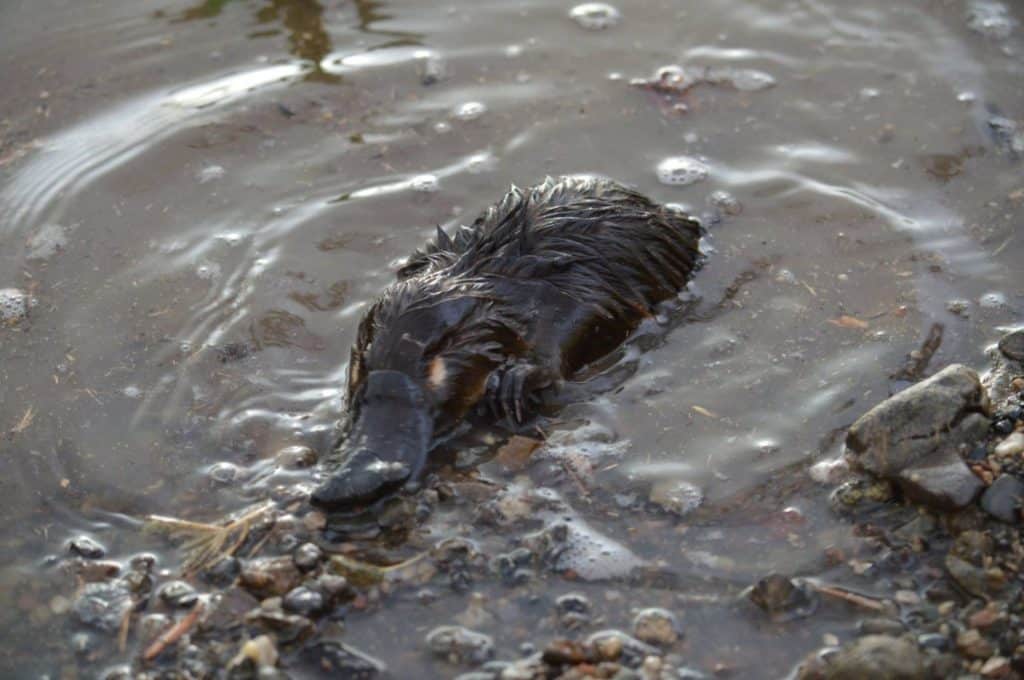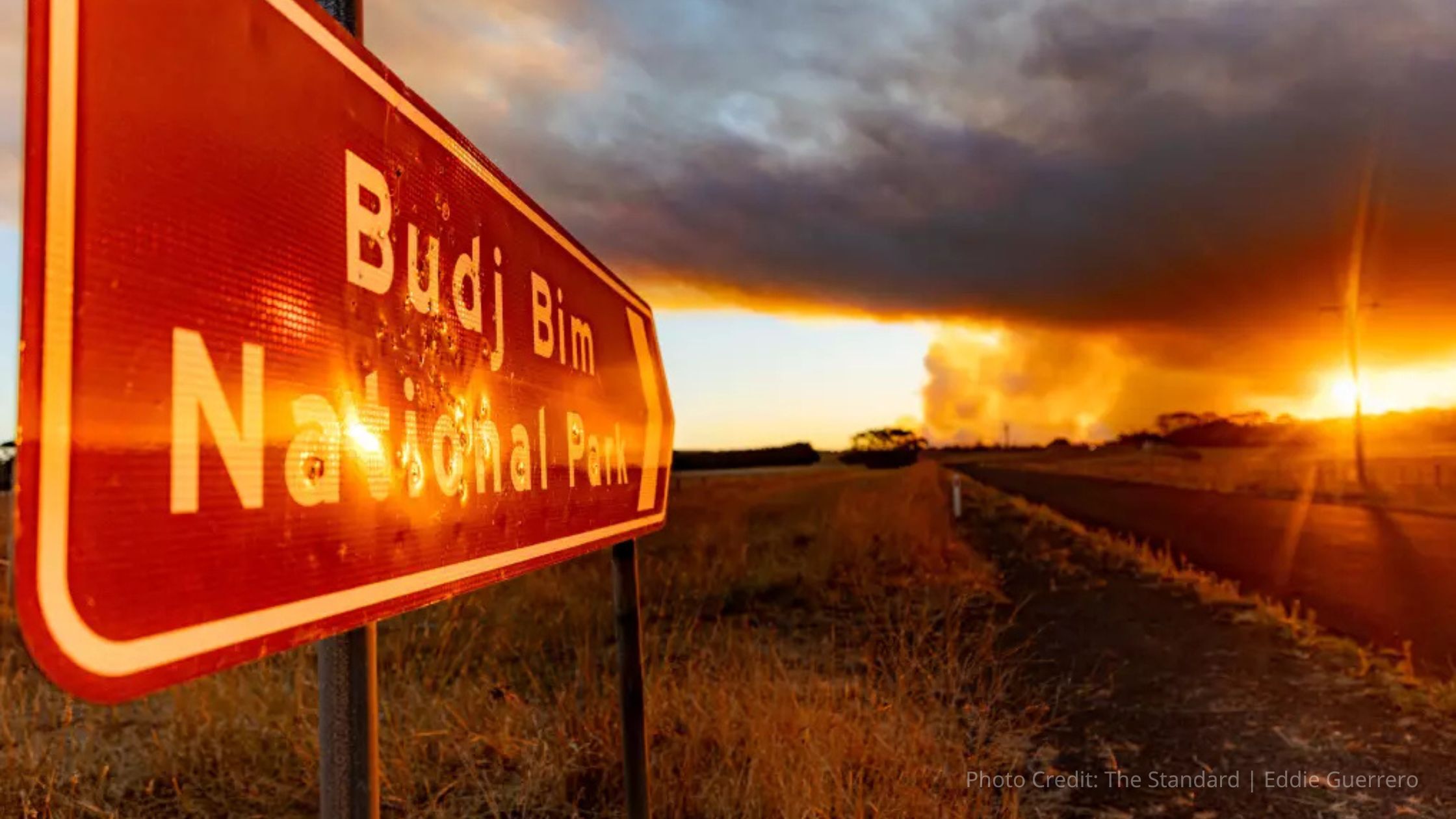Parliamentary inquiry into the management of blue gum plantations and koalas. Humane World for Animals is relieved to report that the koala shooting in Victoria’s Budj Bim National Park has stopped, with helicopters grounded last Friday, 25 April. Following fires in the area known to be home to a large...
There’s no denying that platypus (or platypuses, platypi – take your pick!) are incredible. They’re one of the most unique animals on the planet and are among only a handful of egg-laying mammal species (monotremes) left in existence – and even then are the only monotreme that isn’t an echidna!
Their bills are true wonders of evolution equipped with touch-detecting mechanoreceptors and electrosensors that identify currents generated by muscular contractions, enabling platypus to forage on river beds for invertebrate prey with their eyes closed. Adult platypus consume around a quarter of their body mass each day with lactating females reaching an astonishing 80-90% – amounts that see individuals travel up to 10km in feeding sessions that occupy about 12 hours every day.

It has long been thought that platypus are in decline due to the threats of droughts, urbanisation, and rivers systems being altered through over-extraction and dam creation increasing over past decades, but their elusive nature has made it difficult to get a clear picture of just how severe the situation is.
But thanks to new research from the University of New South Wales commissioned by the Australian Conservation Foundation, we now have a much better picture of the national situation. The bad news is that it’s not looking good for platypus – their range has declined by at least 22% nationwide over the last 30 years (most severely in NSW with a 32% reduction, followed by Queensland with 27%), amounting to a massive 200,000km2 loss of habitat area (approximately three Tasmanias).

Platypus were hunted heavily in the early 1900s which reduced their pre-colonisation populations severely, and while that’s now stopped we haven’t relented in keeping up the pressure on them by continually chipping away at their habitat. With threats such as climate change and urbanisations increasing and often reinforcing one another things could get a lot worse for the platypus fast. Unless we act now.
The declines outlined in the UNSW report show that the platypus is eligible for a nationwide threatened listing under the Environment Protection and Biodiversity Conservation Act 1999, and in an effort to have these findings properly reflected in law HSI has partnered with UNSW, ACF and WWF-Australia to nominate it as a nationally Vulnerable species. Early next year Federal Environment Minister Sussan Ley will make a decision on whether or not to prioritise the platypus for a full conservation assessment, which would kick of a process likely to take two or three years.
This national nomination has also been mirrored in NSW to ensure both levels of government are communicating and coordinating their assessments, and comes on the back of the Victorian Scientific Advisory Committee recently recommending a Vulnerable listing in the state – Victorian Environment Minister Lily D’Ambrosio is due to make that listing decision in early December.

Being listed as a threatened species, of course, isn’t exactly a guaranteed saviour for the platypus, with the fates of many species such as the koala continuing to worsen despite being on the list. However being listed means impacts on platypus populations will have to be considered when major projects are being considered, and they will also be afforded greater prioritisation when conservation funding is distributed.
While it’s terrible news that we have had such a negative impact on platypus in recent years this increased attention and understanding was urgently needed, and now we have a chance to act while the situation is still salvageable. In the meantime, HSI continues to fight for better environment laws that are stronger at arresting declines and work to recover platypus and other species under threat.
Download the UNSW report: A national assessment of the conservation status of the platypus
Subscribe to stay informed with our regular blogs and campaign updates
Evan Quartermain is Head of Programs at Humane Society International and has been with the organisation since 2010. A member of the IUCN World Commission on Protected Areas, Evan is responsible for HSI’s terrestrial habitat and wildlife protection campaigns and programs, with particular focus on legislative reform, flying-foxes, dingoes, and habitat protection through Threatened Ecological Community and Natural Heritage nominations. He also has oversight of HSI’s Wildlife Land Trust and Emergency Response programs.
Header Image: Claire Baker


